Month: July 2020
Li Osborne – Photographs of “Münchner Kammerspiele” from the 1920s
Margaret Bourke-White – Backstage Burlesque 1936
Exhibition:
July 30 – September 8, 2020 | Extended until September 15, 2020
11am – 6pm | mon – fri
Maximilianstraße 26, 80539 München
Daniel Blau is pleased to present Backstage and Kammerspiele – an exhibition comprising Margaret Bourke-White’s backstage photographs of burlesque dancers shown alongside the 1920s theatrical pictures of Li Osborne (1883-1968).
Bourke-White’s sensual photographs of Broadway burlesque performers give us a glimpse of New York’s entertainment world in the mid 1930s. The subjects of these striking photos are New York’s chorus girls and performers as they prepare their makeup and costumes and wait to go onstage. In one extraordinary picture we see three ballerinas of the Ballet Russe reclining in extravagant tutus as a fireman looks on. In other works we are privy to moments in the wings and beneath stage lights as the women perform for unseen audiences. The prints feature original captions and press stamps on the verso.
Margaret Bourke-White (1904 – 1971) is known for her pioneering photojournalism. She was born in New York City in 1904 and grew up in New Jersey. After studying science and art she became an industrial photographer, taking significant pictures of factories and architecture before joining prestigious magazines such as Fortune and LIFE as a photographer. She travelled and photographed extensively, covering major international events from World War II to the partition of India and Pakistan.
Performance and the human form are also the focus of the 1920s Kammerspiele pictures by German photographer and sculptor Li Osborne (née Luisa Friedericke Susanna Wolf). We are showing Osborne’s vintage pictures of imaginative Kammerspiele set designs – hand drawn and evocative visualisations – as well as performance stills from productions at the Kammerspiele theatre that capture the charisma and energy of individual performers and moments of action onstage.
By 1925 Osborne had to moved to Munich where she photographed cultural figures such as Bertolt Brecht. She emigrated to Switzerland in 1934 due to the rise of Nazism and later began a new career as a self-taught sculptor and moved to England where she worked under the name Louise Hutchinson-Wolf. The Kammerspiele was founded in 1906 in Schwabing as a private theatre troupe and later became Munich’s municipal theatre company. Falckenberg, the producer-director during Osborne’s time, was regarded as an authority on Expressionism in Germany during the Weimar Republic and produced many celebrated productions at the company including Brecht’s first staged play, Drums in the Night, in 1922.
Our exhibition shows two women artists’ perspectives on two very different performance contexts in the US and Germany in the years between the World Wars.
Download press info here
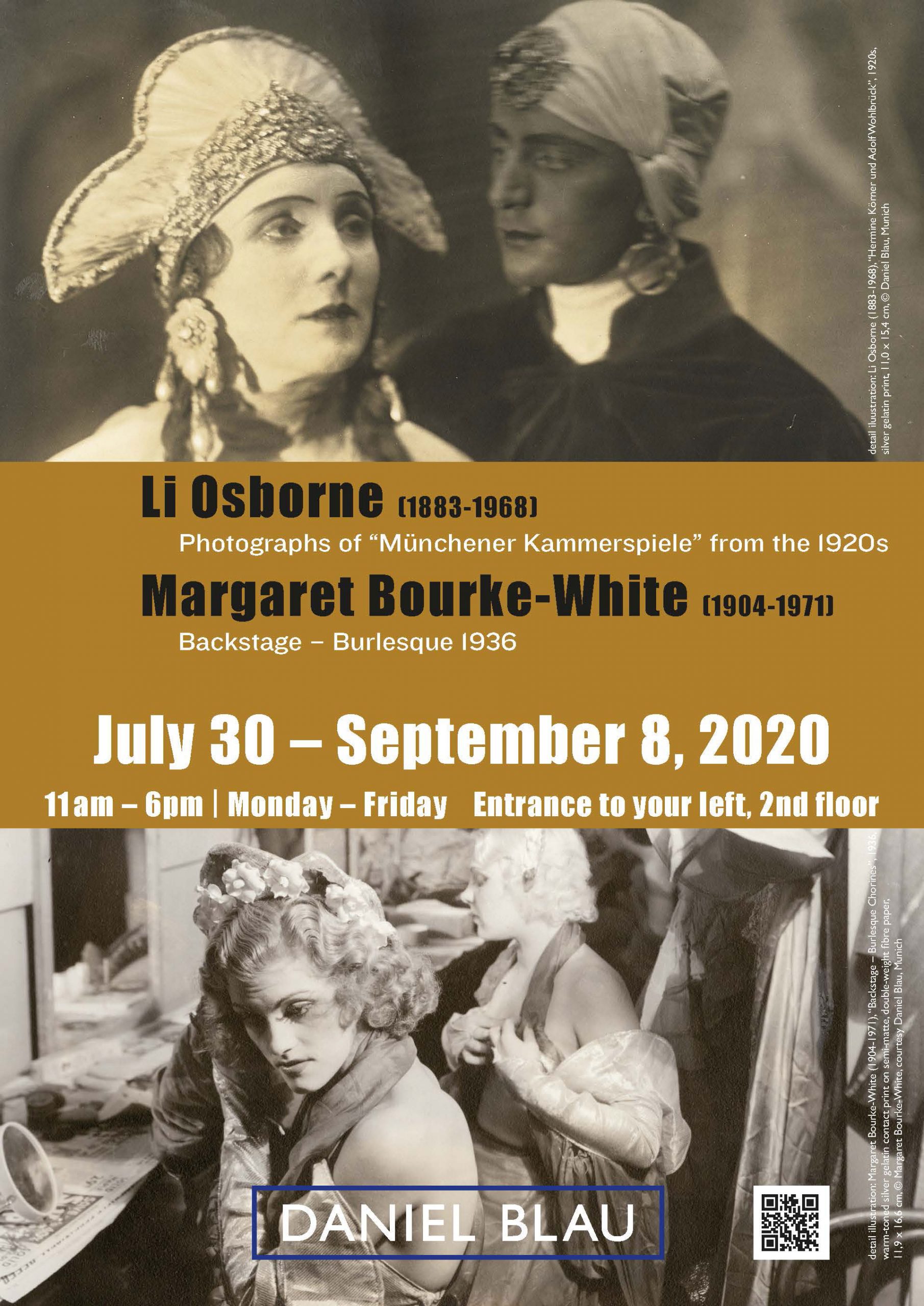
The photographs taken by a machine are the remnants of one the first successful attempts
at exploring our nearest celestial neighbour.
So far yet so close: NASA Lunar Orbiter Photographs
Mapping the surface of a planet does not sound impossible nowadays. But what if we were to go back in history by about half a century? The Lunar Orbiter missions, launched by NASA in 1966 through 1967, provided humanity with an invaluable trove of knowledge about the Moon’s landscape. Different parts of the satellite’s surface were laboriously documented by five spacecrafts during this period. These were the first images from the lunar orbit that included photographs of both the Moon and the Earth.
The photographs taken by a machine for an astronomical research mission are the remnants of one of humankind’s first successful attempts at exploring our nearest celestial neighbour. These monochromatic images display our rocky satellite’s surface from different angles and altitudes and with variations in lighting. Some show the Moon in its near-entirety, clearly revealing the “border” between day and night. Stark contrast of shadows and light on the contoured wasteland reveal gaping black holes: the craters that the missions were surveying. The images convey the silent immensity of outer space. In some, we see the Earth from a lunar perspective: proof of how isolated our Blue Marble really is. We are presented here with an altogether unique aesthetic, made possible by the perfect geometries of our celestial bodies, the play of light and shadow and the historically monumental nature of the Orbiter missions.
All photographs are available for purchase. Prices upon request. For further information please send an email to: contact@danielblau.com
All offers are noncommital. We cannot guarantee the items are still available on request.
Other Diversions
Museum of Moving Image - Envisioning 2001: Stanley Kubrick's Space Odyssey Queens Museum - Bruce Davidson: Outsider on the Inside The Morgan Library and Museum - Beethoven 250: Autograph Music Manuscripts by Ludwig van Beethoven Chateau de Versailles - Fountains Shows and Musical Gardens






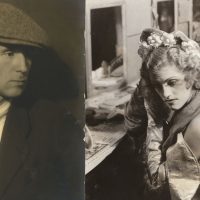


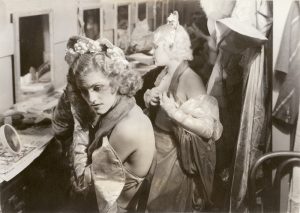

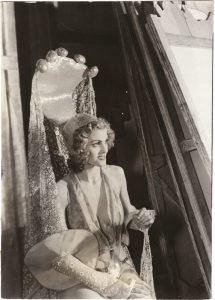
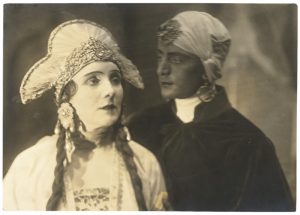
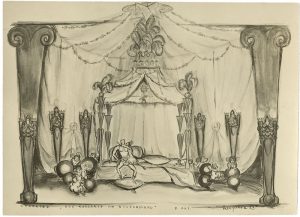

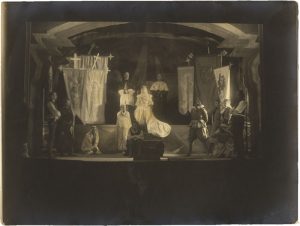


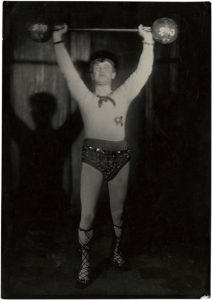


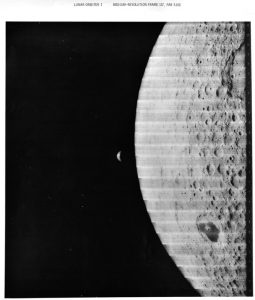

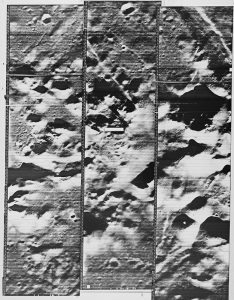
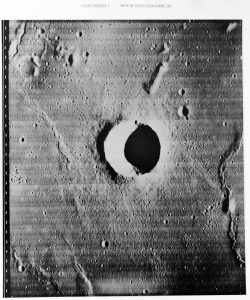


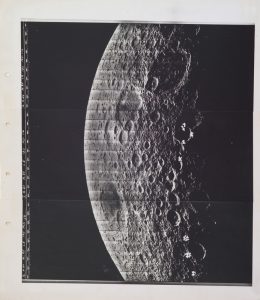
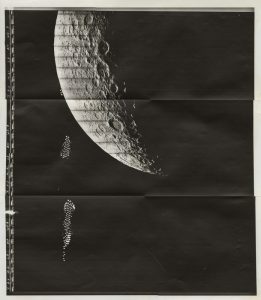
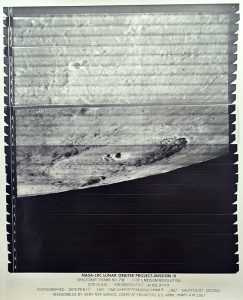
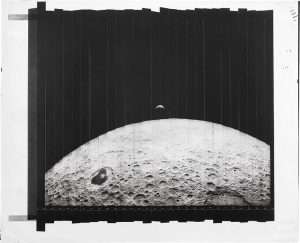

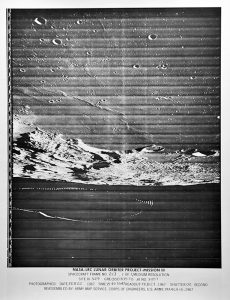
 +49 89 29 73 42
+49 89 29 73 42